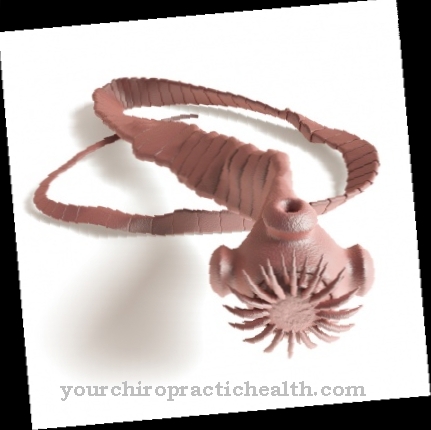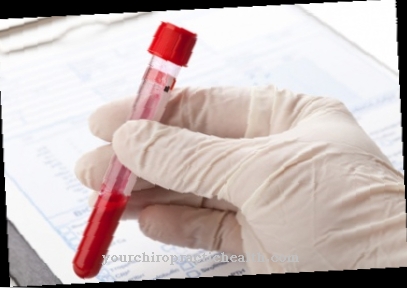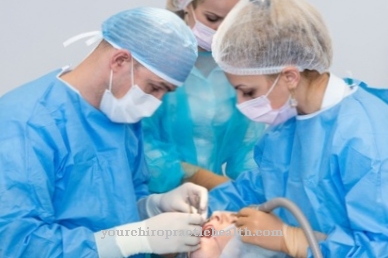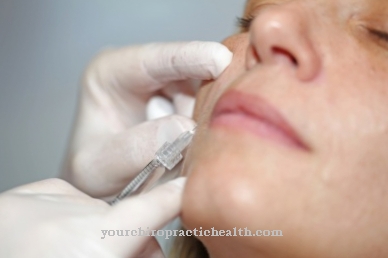The light therapy used in Germany. Since then, it has become the preferred form of therapy for sleep disorders, seasonal depression and disorders of the so-called internal clock. Light therapy is also used in the private sector as an easy-to-use remedy for winter depression, headaches, migraines and acne.
What is light therapy?

The recognized by scientific medicine procedure of light therapy is used to treat various diseases in human medicine. This physical therapy method is used especially for mental illnesses and skin diseases.
Depending on the disease being treated, different parts of the light are used. Phototherapy is a special form of light therapy. This only uses short-wave blue light in a wave range from 450 to 460 nm.
Function, effect & goals
The light therapy in the treatment of depression. Particularly in the case of seasonal depressions, which regularly occur in the darker months of the year, targeted light therapy helps to lower the melatonin level in the brain and stimulate it to produce more serotonin.
This messenger substance has been shown to work against depression and is contained as an active ingredient in many antidepressants. For this area of application, a bright, fluorescent lamp with a full light spectrum and a light intensity of 2500 to 10,000 lux is used, which is around 200 times brighter than normal room lighting. Since the necessary effect of the light is probably only conveyed through the eyes, the best results are achieved when the light source for light therapy is placed about 90 cm from the face.
Migraine attacks can also be reduced in the long term with regular light therapy, as these are also partly triggered by a serotonin deficiency, which can be compensated for by regular light treatment. Light therapy in the early morning is recommended for migraine patients as the pain usually starts in the morning.
Another area of application of light therapy is the fight against neurodermatitis. The affected parts of the body are irradiated with UV light. In the case of chronic skin changes caused by neurodermatitis, UVB therapy is primarily used, which has a relatively positive effect but relatively few side effects.
UVA1 therapy is used for acute attacks of severe neurodermatitis. The dosage in this light therapy is from low to high, depending on the severity of the attack. However, since the heat of the UVA light can make the itching worse, the infrared part is filtered out and only the so-called cold light is used. In PUVA therapy, the irradiation with UVA light is supported by taking tablets, which are supposed to increase the body's sensitivity to light. Mixed radiation with UVA and UVB light is also carried out as part of light therapy for neurodermatitis.
Suitable light therapy can significantly improve the condition of the skin in acne vulgaris (common acne). The right wavelength of light is a prerequisite for success. The antibacterial effect of blue light eliminates the cause of the inflammation within the skin pore.Light therapy with red light in a wave range from 580 to 659 nm helps wound healing through its relaxing and blood circulation-promoting effect.
You can find your medication here
➔ Medicines against depressive moods & to lighten the moodRisks & dangers
In the light therapy No serious side effects are known with the full light spectrum, but the effect of antidepressants or antipsychotics can be increased and the drugs used in PUVA therapy often have undesirable side effects such as sensitivity to the sun and nausea. In rare cases, patients complain of burning eyes, headaches, irritability, dry mucous membranes and reddened skin.
Certain medications such as antibiotics, lithium, St. John's wort, diuretics and medicinal skin ointments can make the eyes more sensitive to (UV) light. Therefore, when taking such medications, a doctor or pharmacist should be consulted before using light therapy.
In private use, care should be taken to ensure that no devices are used for light therapy whose light spectrum also contains UV light. This is harmful to the eyes, which is why such lamps should not be used. In light showers with UV-filtering lenses or caps, the UV light is not always completely absorbed, depending on the quality of the material.
With the exclusive use of blue light with a wavelength of 462 nm, which is generally considered to be the most effective form of light therapy, certain natural protective mechanisms in the eye cannot be activated. This increases the risk of eye damage. This danger is averted by combining other colors with the blue light.



.jpg)























